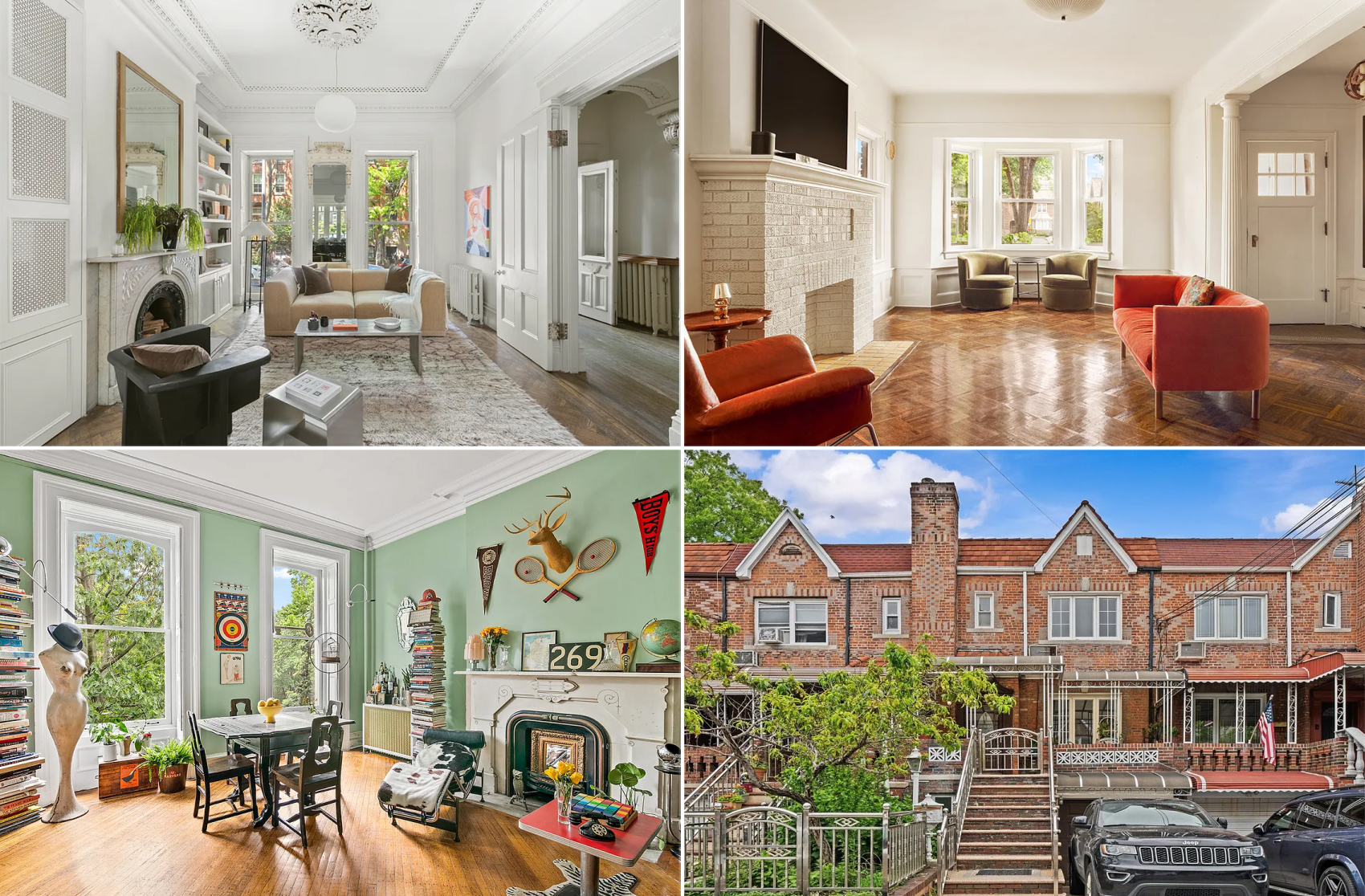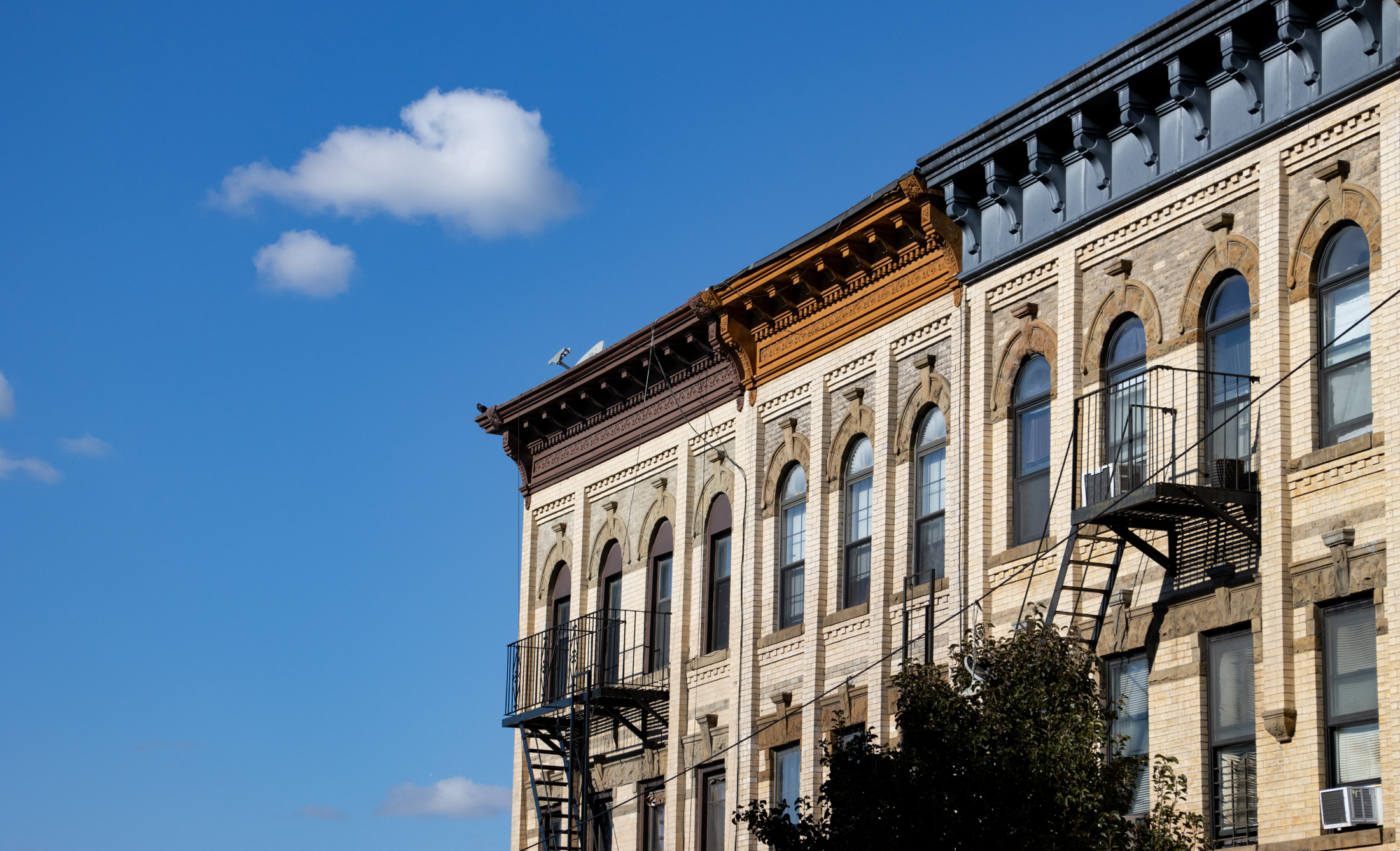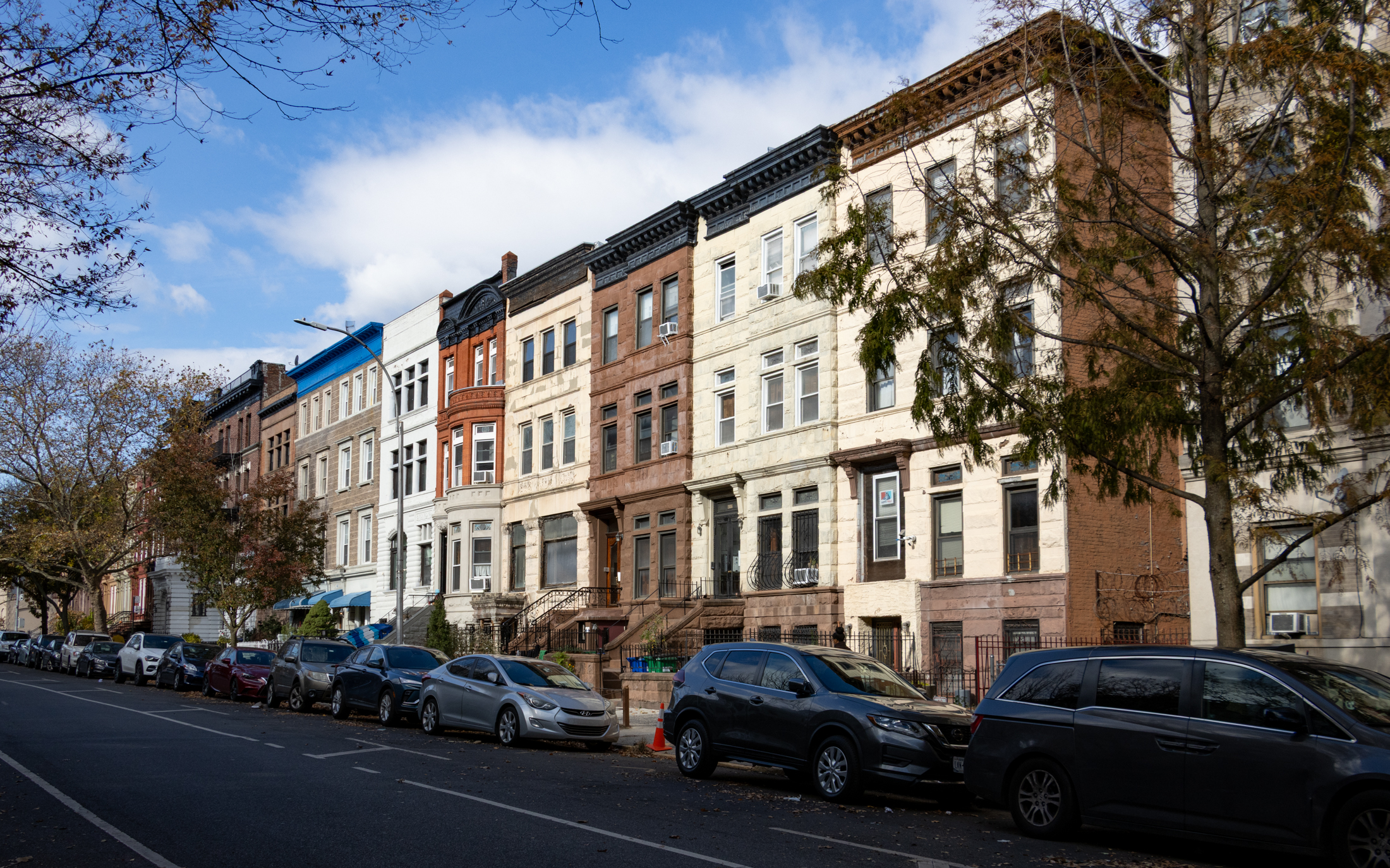Green Lamp Posts Coming to the Navy Yard
As part of its ongoing Green initiative, the Brooklyn Navy Yard is set to begin installing 90 wind- and solar-powered lamp posts. What makes the lamp posts even greener is the fact that they are designed and built by Navy Yard tenant Duggal Visual Solutions, which plans to convert a one-story, 30,000-square-foot building in the…


As part of its ongoing Green initiative, the Brooklyn Navy Yard is set to begin installing 90 wind- and solar-powered lamp posts. What makes the lamp posts even greener is the fact that they are designed and built by Navy Yard tenant Duggal Visual Solutions, which plans to convert a one-story, 30,000-square-foot building in the Yard into a two-story, 60,000-square-foot LEED Platinum certified facility for manufacturing eco-friendly products. Other fun facts: The street lights will save the BNYDC $600,000 dollars or so in the first year and $11,000 a year going forward on its electricity bill.





Hello Everyone,
Lumi•SolAir Light Posts are able to save the Brooklyn Navy Yard 600k the first year due to the fact that none of the underground grid needed to be installed (wires and conduit). The 11k per year is the saving based on the absence of an purchased electricity from the grid that is needed by a conventional light post.
The combination of wind and solar provides adequate amperage necessary to run the highly efficient lighting source that we are using. Battery back up is necessary to bridge the gap when there are long periods of low light or low wind. The additional cost of the back up batteries is minimal compared to the cost of conventional power. The batteries are long life 3-5 years without replacement and are small enough to reside within the pole itself. All the charging is provided by wind or solar power.
Although the cost of the Lumi•SolAir posts are higher then a traditional pole. They are available in several configurations that can be several times the cost of a “normal” pole but the savings are realized immediately due to the reduction in the cost of the installation (No Grid or Conduit, and Easy to Install).
Maintenance on the Lumi•SolAir poles are far less then a conventional pole. The high efficiency light needs to be replaced only once every 8- 10 years as opposed to 2-3 times a year for conventional lights. The solar panels have a life span of approximately 15-20 years. The wind turbine needs only periodic maintenance every 2-5 years. All other components have approximately a 20 year life span.
The initial 600k savings in the first year is due to the decrease cost of installing Lumi•SolAir poles as opposed to conventional (See above re: grid installation). This cost is not being passed on to the tax payer rather it is a saving to the tax payer.
These wind turbines are not decorative they actually provide as much as 75- 100% of the power necessary to light the poles when wind is available. The concept behind the hybrid pole is that generally when there is reduced light there is increased wind.
Any additional questions feel free to contact us on our website http://www.lumisolair.com
Kind Regards
The Lumi•SolAir Team
New York City will be testing 10 of these led lamposts sometime this spring at an undisclosed location. They will probably announce it via the media when they are installed with much fanfare. These lights will eventually replace all of the standard cobra head lights which have served the city for over 40 years.
or maybe they have really big batteries that will run out after a year and require a power truck drive around to recharge them
I’m still suspicious of the numbers. How will these street lights cost 35% less to install? NY does not have sufficient wind and solar energy to ensure that the lights can be continually powered from these sources. So,either they need to be hooked up to the grid (therefore, no installation savings) or they need back-up batteries (adding to both the up-front and maintenance cost of the street lights).
Finally, the fact that they have to taut these savings in a government press release, rather than hard-nosed engineering calculations on their web-site, makes me more suspicious.
I guess it is the install costs
” The street lights, designed and assembled at the Navy Yard, cost roughly 35 percent less to install than their more conventional counterparts and will save the Brooklyn Navy Yard Development Corporation about $600,000 dollars a year in the first year and $11,000 a year going forward on its electricity bill.”
http://preview.tinyurl.com/NYC-press-release
I’d love to see the energy numbers from those decorative wind turbines. I guess the wind off of the east river could be consistent enough to drive them but it’s somewhat unlikely. The solar I can get behind though.
SHahn might be right on that. Another guess (and I admit it’s a total shot in the dark)is that the $600,000 represents the savings of not having to build conduits to connect the light poles to the grid. So that would be a onetime large savings. Or maybe not – I agree that I’d love to hear some explanation from the Navy Yard folks on the math here…
I’m going to go out on a limb and guess that it’s going to save the Navy Yard $600k in the first year, but cost the rest of us $600k. I’m sure those first year savings are incentives that are funded by NYSERDA with the Systems Benefits Charge (SBC) that gets charged to everyone, but benefits only a few.
http://www.lumisolair.com